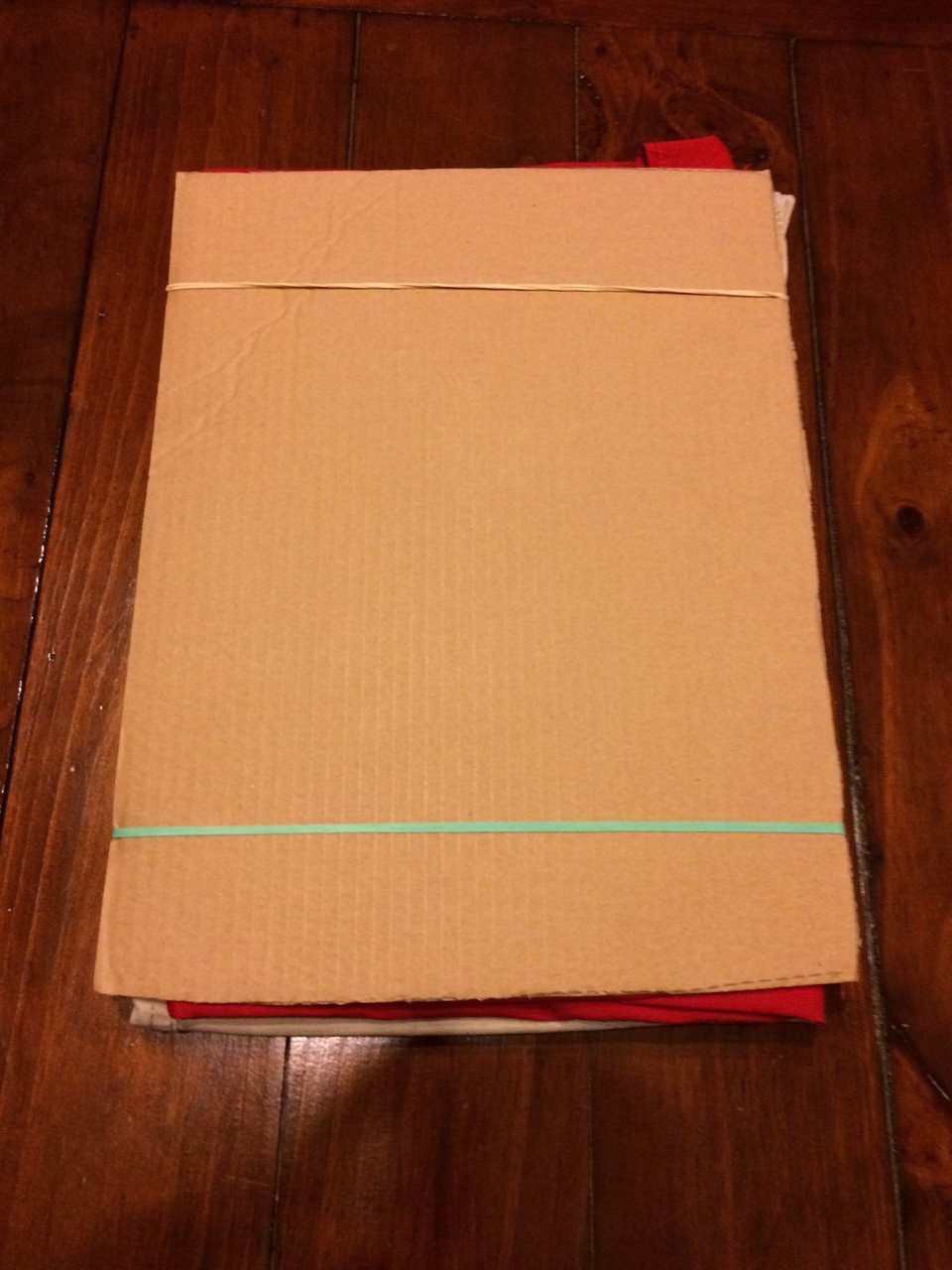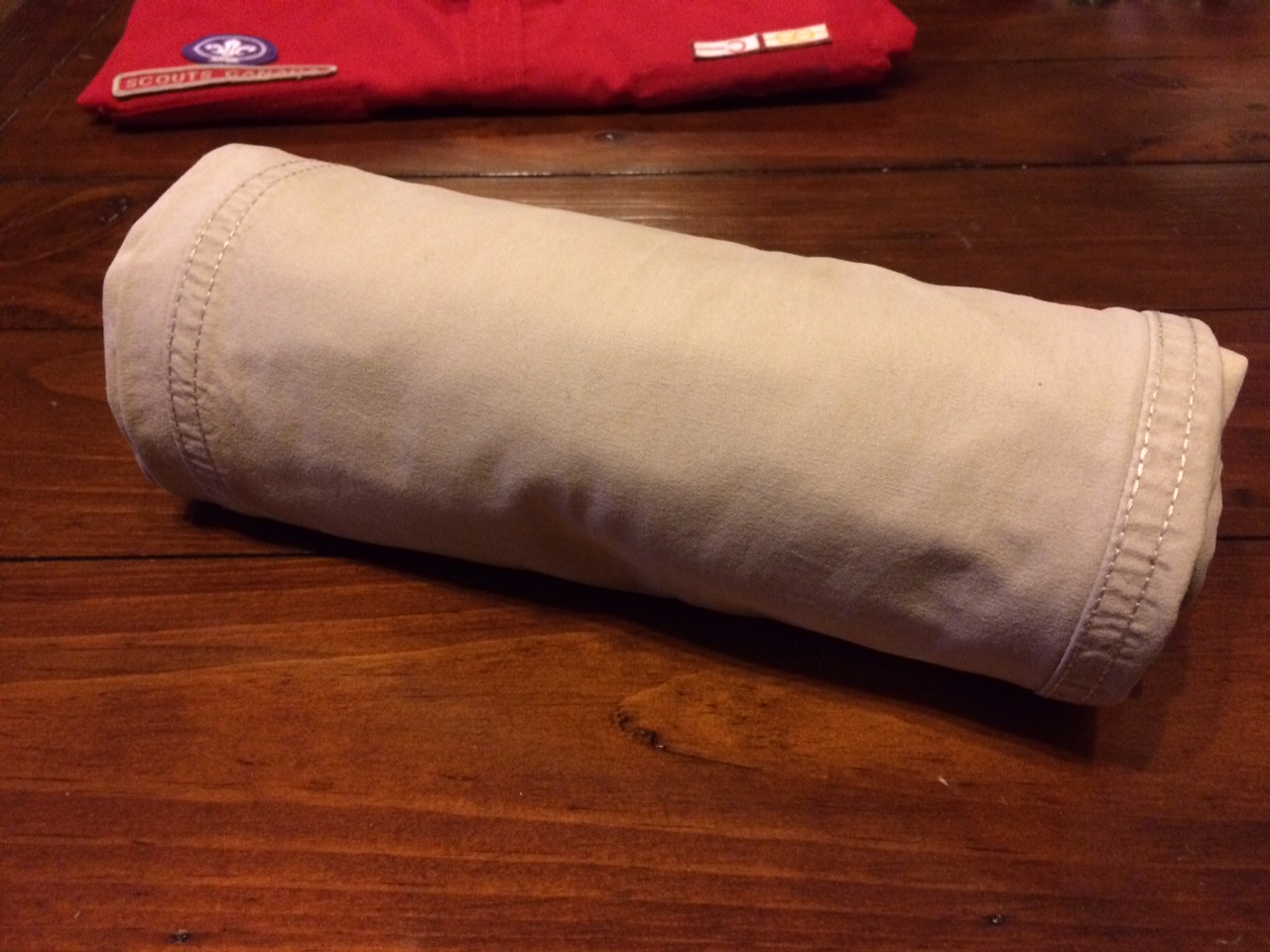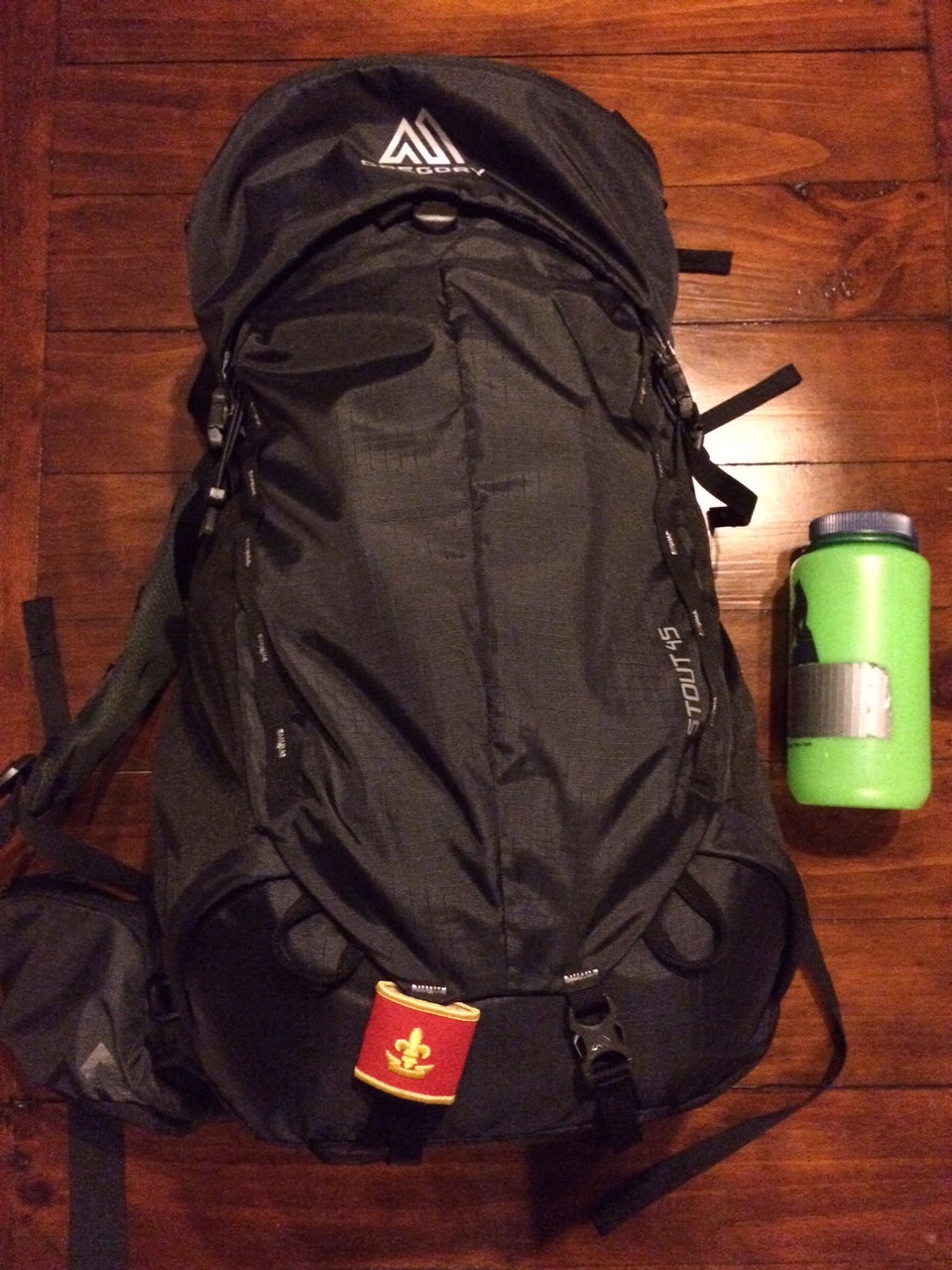By: Dylan Book

In our previous packing blog, we talked about what we will be packing and why we are bringing them. To reiterate, our contingent has been provided with a simple packing list that contains all of the necessary personal clothing and equipment that a scout needs to bring on an international service project. You can find our packing list HERE.
PACKING: BEST PRACTICES
My favourite piece of great is my lightweight compression sack. This piece of equipment allows me to compress all of my clothing into a denser and smaller space, leaving more room for other equipment. It also allows me to travel with smaller and therefore lighter backpack.
The problem with compression packs though is that they often cause wrinkles. In 44 degree weather, along with our intense time constraints, I know that ironing my Scouts Canada uniform is not an option. It is important that you pack items you need ironed strategically so you are less dependent on irons.
There are 2 ways I get around iron dependency. One way is by using a makeshift packing aid, which is essentially 2 pieces of cardboard.
I first fold my shirt and pants properly and with minimal wrinkling, I then sandwich them between two pieces of hard cardboard and place two elastic bands around them. I can then slide down the back of my pack and when I unpack, the uniform will be minimally wrinkled.


The other way is by first folding your shirt and pants properly and with minimal wrinkling, then you stack them on top of each other and tightly roll them up. Pants can be rolled after only one roll, but a shirt will require more folding and therefore more creases.

After arriving at the hostel it’s important to unpack and hang your uniform as quickly as possible. If no hangers are available then lay the uniform flat on your bed.
To keep your packing organized I recommend stuff sacks; nothing in my bag is loose when I pack it. I have my compression sack for clothing and my separate toiletries bag. My gear bag contains my multitool, some duct tape, a small flashlight and rope. My work bag contains my notebooks, usb stick, pens and pencils and extra business cards. Not only does this help me stay organized and make it quicker to find things, it also means I can pack more quickly, because I’ve already decided exactly where everything goes.

Smarter and Lighter
I find that packing smarter and lighter is as much a psychological exercise as it is a logistical exercise. Packing smarter is the logistical side and it is what we have focused on lately. Choosing the right kind of gear and packing it so that it takes up less space and can be unpacked and packed quickly is how our contingent will pack smarter.
Packing lighter is more psychological. By packing we prepare ourselves for what might happen and decided what level of discomfort we can accept. When asked how to pack lighter I first respond, “adjust your expectations”. By that I mean think about each item and remind yourself why you might need it. Then imagine what life would be like if you didn’t have it. If you’re comfortable with what life will be like without that item then don’t bring it. There’s a limit to how much lighter you can pack by choosing different items, at some point you will simply have to take less.
I hope you found this post useful and will refer back to it when you are preparing for your own hostel travel. Be sure to follow our Contingent’s international service project to Malaysia and Singapore at http://pccrovers.com/iproj2015.
